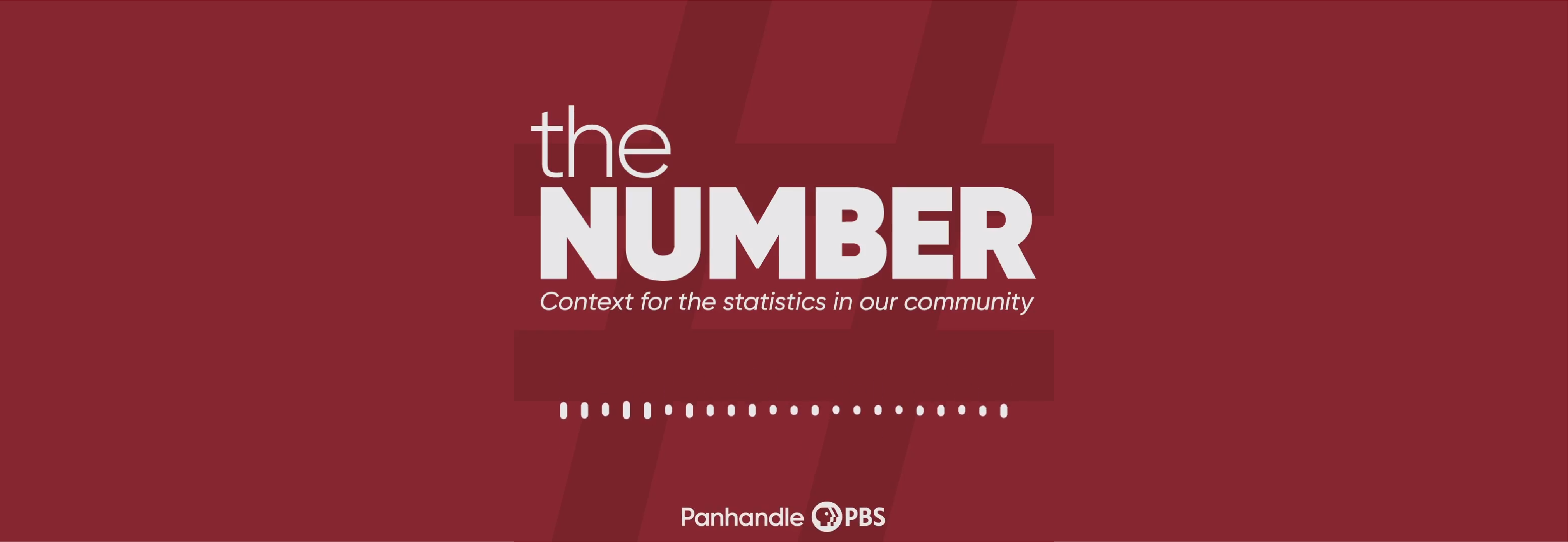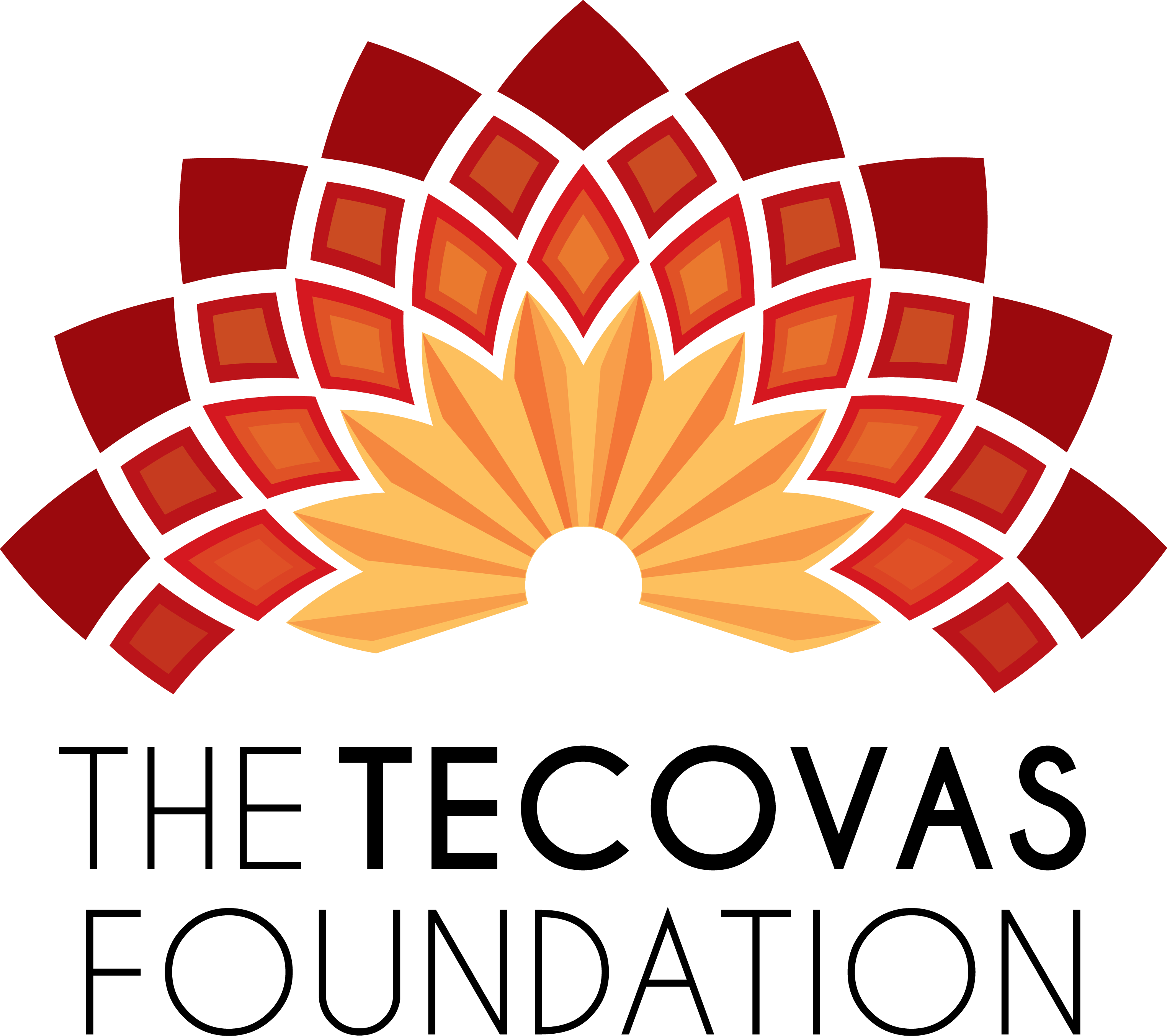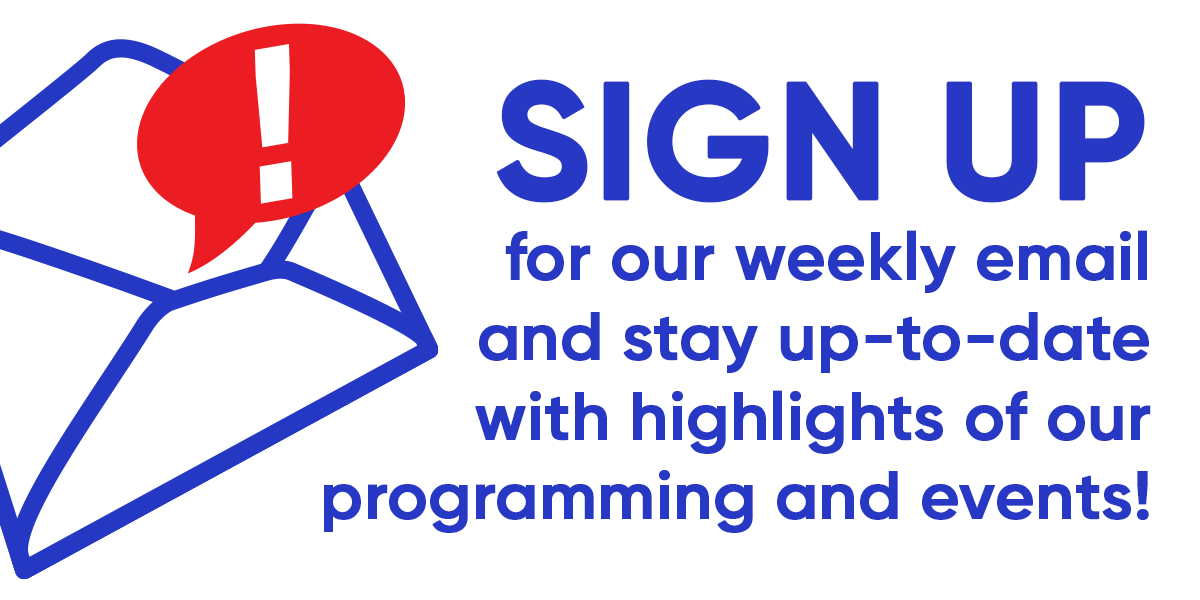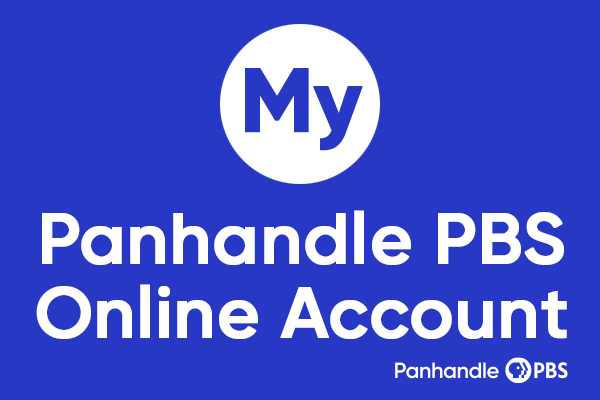
The Number
005: Paycheck Protection Program Loans
Transcript
- [Karen] This podcast is sponsored by the Tecovas Foundation. From Panhandle PBS, I'm Karen Welch. And this is The Number, a podcast where we add context to statistics that help define our local community. Today's number is 39,900. That's the estimated number of jobs, Amarillo based companies retained with the help of the Federal Paycheck Protection Program. According to the US Small Business Administration. The PPP loan program is part of a federal stimulus package created to provide aid during the COVID-19 pandemic. Now there are two things to keep in mind. Companies based outside Amarillo, but with a presence here, and firms based across the Texas Panhandle, are not included in this figure. Those businesses also could have acquired PPP loans that have had a job saving impact in Amarillo. Larry Schmidt, the Sloan Professor of Finance at MIT, gives us an overview of the program.
- [Larry] Firms are allowed to borrow up to two and a half months worth of payroll in order to help sustain them through this shock. And that money is essentially forgiven if they agree to keep their workers around. And it's up to pretty large firms are included. So 500 employees or less, you're basically guaranteed to have access to the program. But even some larger firms than that have access as well. And so this is almost if a firm stays in business, two and a half one months worth of payroll given to them. So it's a pretty substantial subsidy to keep workers around. And what we did is we actually grabbed a bunch of the data looking at who received these PPP loans. And just kind of by nature of how the policy was put into place it actually turns out that probably the least disrupted sectors, namely those which tend to pay high salaries. So many white collar type jobs that involve sitting in front of computers also tend to pay more, were actually eligible for larger subsidies. So I don't know if that was quite intended, but you can look in, for example, software Information Technology types sectors, or professional scientific research and development type jobs actually received the largest amount of aid on a per employee basis. Which is I'm not sure if that's quite what we hadn't had in mind when we put the policy into place.
- [Karen] Schmidt's comments align with those of another economist, Kenan Fikri, Research Director for the Economic Innovation Group.
- [Kenan] No one ever would have expected that this Washington, DC could have come up with a response this large so quickly. And the fact that the federal government was able to respond at scale to the crisis is really significant. I think it's a major achievement. That being said, everything's trade offs, right. So for speed, I think they sacrificed a little accuracy and targeting. And in retrospect, there are a lot of facets of the Paycheck Protection Program that are less than desirable. Right off the bat is broad availability to anyone. That might have been a fine choice, if you were creating a program on the scale of two or $3 trillion that could actually meet the demand. But the fact that you had a program that was smaller than the economy needed, meant that we ended up in this position where businesses had to compete against each other, the media narrative to send it into who's deserving and who's not deserving. Why were some people able to get loans faster than others. You had states and regions of the country with really strong community banking or existing kind of local banking relationships, able to jump super ahead of the queue and get a lot of money for their customers really quickly. Whereas other parts of the country, including where I am on the East Coast, that were more reliant on some of the big national banks that were just slow to respond and not very service oriented to their small clients were almost totally left out of at least the first tranches of Paycheck Protection dollars. Blanket availability is fine if you're going to make sure that the funds are there for everyone who needs it. But they didn't do that.
- Serious problem for small businesses that may be seeking a government loan. The $350 billion federal Paycheck Protection Program is expected to run out of money within hours.
- [Karen] Loan program funds have been depleted in just 13 days. Congress ultimately put another $310 billion into the till, allowing more applications from late April to early May. Then the federal government reopened the application window through August 8th because the money hadn't run out. According to recent SBA data, more than $500 billion had been distributed through June. Almost all the loans for Amarillo based companies came from local community banks, such as Amarillo National, Happy State, First Bank Southwest and others. Roxanne Graby is a commercial loan officer with Amarillo National Bank.
- [Roxanne] Between round one and round two, we had funded a little over 3400 PPP loans. And that was a total of $445 million in PPP loans. The applications that we processed were the little over 3400 applications. We tried to make it as simple as possible. And they were required to supply their tax documentation to prove that they needed the loan as well as their employee count, their FTE number over the last 12 months. So as long as they supplied that to us, we pushed them through really quickly. Here at Amarillo National, employees are wonderful and they worked through the weekends and nights to make sure that we took care of everybody that we could.
- [Karen] Some business owners like David Martinez, found the process less than smooth. Martinez owns Creative Cannon, a full service advertising agency.
- [David] You know, we are on the ninth floor. Like I was telling you at the end of the hall is Conscious Money Solutions and that Steve Swicegood and Karol Phillips and they're good friends. They're financial planners and so we talked about the doors opening up the weekend before they did. And so we got everything in line. We had all our paperwork ready. Still a bit I think tentative, not really thinking that we were going to have to do it. But the more news that we watched, the more that we just looked at how things were going. We knew come Monday morning we are going to apply for this thing and we have everything that we need. So weekend comes and goes and on Monday. Look on Wells Fargo website and the doors have been closed. And so automatically it's a shock. But at the same time we knew that we have to jump some hurdles. And my mindset with the guys and the crew here is look, you guys stay focused on work, the clients, I'll jump these hurdles. And we found out that we could go through an online bank. And this is a long story, but the point of it is, I'm back where I started. The money had to be returned, because the full amount had not been granted to me. And because I couldn't get anybody on the phone, it was a basically take it or leave it situation.
- [Karen] What were you set to get?
- [David] It was about $30,000.
- [Karen] Okay.
- [David] And I got eight.
- [Karen] You had to send the eight back, then what did you do?
- [David] So I can tell you that even sending the money back took forever. Because names on emails were only first names, there were no last names, there were no phone numbers. And whatever phone number I called, whenever I did get ahold of one, it was one of those things where you gotta call at least 100, 200 times and then you get put into a queue to wait. When you're trying to run a business and you're doing that, that's consuming 50 to 60% of your day, it's not good. So I would leave the office at eight or nine o'clock, trying to catch up from everything that happened throughout today. So right now, the idea was to return the money and then apply with the local bank. Which we tried to do that, but the local bank said no, that can't happen because everything is automated. And the number that you were assigned, you got the loans through them. And when you return the money, that number was basically that was kiss of death. That was it. Just by chance, I sent an email to Cross River, which is the bank. And they said you can apply next week. So that's where we are. I'm gonna try and do that again this week. But if it doesn't happen, it doesn't happen. And my focus is to keep the clients afloat and making this transition just like everybody else is.
- [Karen] What was your idea of how you were gonna use the money?
- [David] Well, there's strict guidelines, so it was going to be payroll and rent. And that's about it. Thankfully, we're not in debt. We've never been in debt. And I was raised to save. So that's what I was thinking. Is if the money does not come through, then I'll just use my savings. And I was advised by Conscious Money and Gina Woodward at the SBDC and Angela Workman through Workforce Commission's to not do that. They said do not use your hard earned money, your savings to do that. And that's a hard thing to look at. Because I'm not the type to ask for money, that wasn't how I was raised. So right now the focus is to just get jobs done and try and pull in some more money. We never really shut down. While there were clients that pulled away because they couldn't afford it. We were always focused on moving forward. So clients that needed a Google listing update, whatever it might have been, we always had a daily task, a daily set of goals. Whether that was a client or doing some house cleaning, or doing some learning. We never really shut down for business.
- [Karen] Cindy Davis owns D and D Sales, providing businesses with screen printed and embroidered apparel, promotional items, and printed materials.
- [Cindy] I opened my own business in July of 2016. I'm doing pretty good on my own. I worked for another company here locally for 25 years. And then I started my own business after that. And so it's taken me four years, but I've gotten to a good comfortable place. Of course, it has been affected here in the last few months, but I'm still hanging on. Where I benefit some of the other businesses may not. I am the owner. I'm the only employee, and I office out of my home and my car. So therefore I have not much overhead at all. So I will survive where some of the others might not sadly.
- [Karen] As the pandemic was coming on, what was business like and when did you start to notice it changing?
- [Cindy] Actually February I began to not have as many orders as I typically do in March was horrible. April, I survived just a little bit. So I really just had a bad February and March. When they first shut everything down, and I wasn't getting any calls, any orders, any emails, I got very fearful. And I told my husband, do you want me to go get a job at United or one of the grocery stores, or someplace that is essential and they're still working? And he said, no, because he's diabetic. So he's high risk. And then my mother who's almost 85 also lives with us, and she would be at high risk. And he said, you just keep doing what you're doing and we'll survive. So that's what I've done. I send out emails to some of my customers. I'm still here if you need anything at all, just let me know. And so I'm just looking at it like that and as soon as it's safe, I'll be hitting the pavement again.
- [Karen] When you're thinking do I need to go get another job, did you have enough resources to survive during that month?
- [Cindy] I did have enough resource. However, if you looked at my books, you would see that I was in the hole for the month, for those two months both of them. But I did have some cash in my bank account. And then I also applied for the PPP money and did receive it. So that really helped out. Especially I had to have to cancer surgery in February. And I had a lot of medical bills and then my husband was in the hospital for his diabetes for a week in March. And we had a lot, a lot of medical bills, we would not have made it had we not received that money.
- [Karen] Tell me about that loan process. How easy or difficult was it?
- [Cindy] Actually, it was a lot easier than I anticipated. I kept putting it off and putting it off applying, because I was afraid I wouldn't be able to come up with everything they needed. But my loan officer at the Happy State Bank where we bank for our business, she was very helpful. She told me exactly what I needed. I just filled out the papers, sent in what she requested. And I didn't hear back from her and I thought well, I'm just gonna check the bank account just to be for sure. And I ticked and the money was there immediately.
- [Karen] Bear in mind, these interviews happened before clear guidance about loan forgiveness standards came out, leaving business owners uncertain. Graby from ANB, discussed how the program focus changed from round one to round two.
- [Roxanne] You know round one, banks across the nation worked so hard to make sure that everybody got the loan in as much as we could. So round two, it was more geared towards the 1099s, and the sole proprietors.
- [Karen] Businesses that file form 1099 for tax purposes are those that use independent contractors.
- [Roxanne] So all of the larger businesses were done in round one, but then in round two, some guidance did come out. Making sure that people were having the good faith, that they needed this loan during this COVID pandemic. And that discouraged some people, they wanted to make sure that they were signing that good faith that they needed this loan.
- [Karen] According to an Economic Innovation Group analysis, the first round issued fewer and larger loans. But 91% of the loans in the second round were in amounts under $150,000. EIG study showed the average loan size in the first round was $206,000, whereas the average second round loan was about one third that amount. The SBA recently released data showing more than $500 billion in funds had been distributed through June. Here again is Kenan Fikri, of the Economic Innovation Group.
- [Kenan] You know, it was meant to be, I guess it was designed to help keep people on payroll, but there's kind of a fundamental disconnect that you also need to have a solvent business if you're going to keep people on payroll. And it's like payroll protection isn't necessarily the same as small business survival. And businesses have all these expenses that are non payroll expenses that they somehow need to finance, but aren't really forgivable or aren't wrapped up in the PPP dollars that they're getting. Be it rent or capital improvements or all these other fixed expenses. It means that kind of the Paycheck Protection Program requirements don't match up well with a lot of businesses natural balance sheets. So they're having trouble accessing it, they don't know whether they're going to fall afoul of the loans, et cetera.
- [Karen] Davis, owner of D and D Sales, said the lack of clear terms for loan forgiveness has caused some worry.
- [Cindy] It did make me nervous and it still does a little bit. You know if for some reason I did something wrong, or they decided I didn't need it or whatever, and they want me to pay the whole thing back. That will be very, very scary.
- [Karen] What will that mean do you think?
- [Cindy] We would just have to probably make payments for a while. For me, I didn't really ever shut my doors. If the phone rang, I answered it. I do feel like when it's safe, I will probably have to go out and call and see if I can get some new customers. See if I can grow it a little bit more. I was just getting comfortable thinking, well, maybe I don't need to make as many cold calls as before, but I feel like I'm going to have to pursue that again.
- [Karen] Do you think you're back at square one, or?
- [Cindy] Oh, no, no, not at square one, probably at square five.
- [Karen] Okay. That wraps this episode of The Number. Thank you for joining us. We'll be back next week with more statistics, context and community.
Local support provided by


